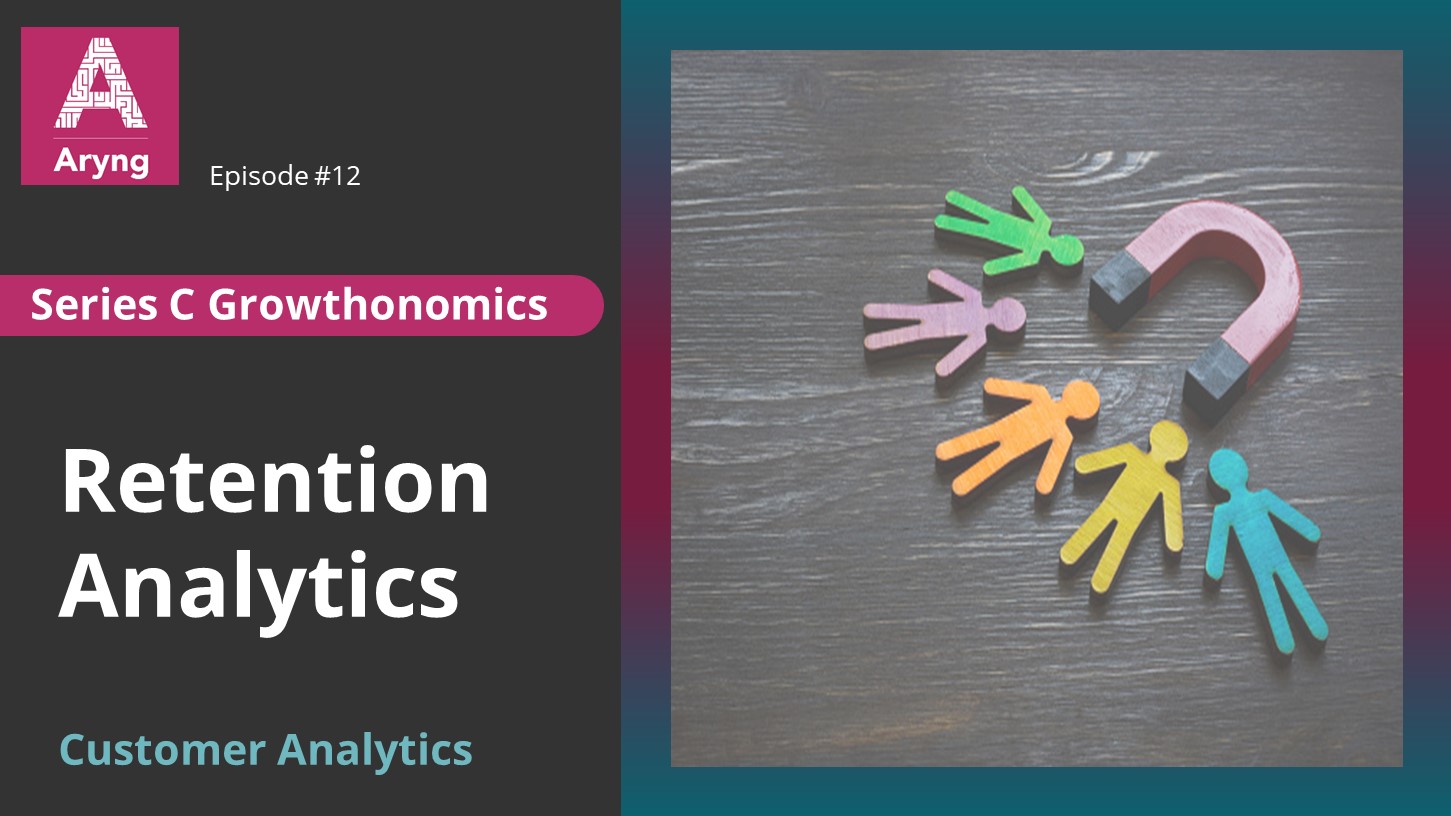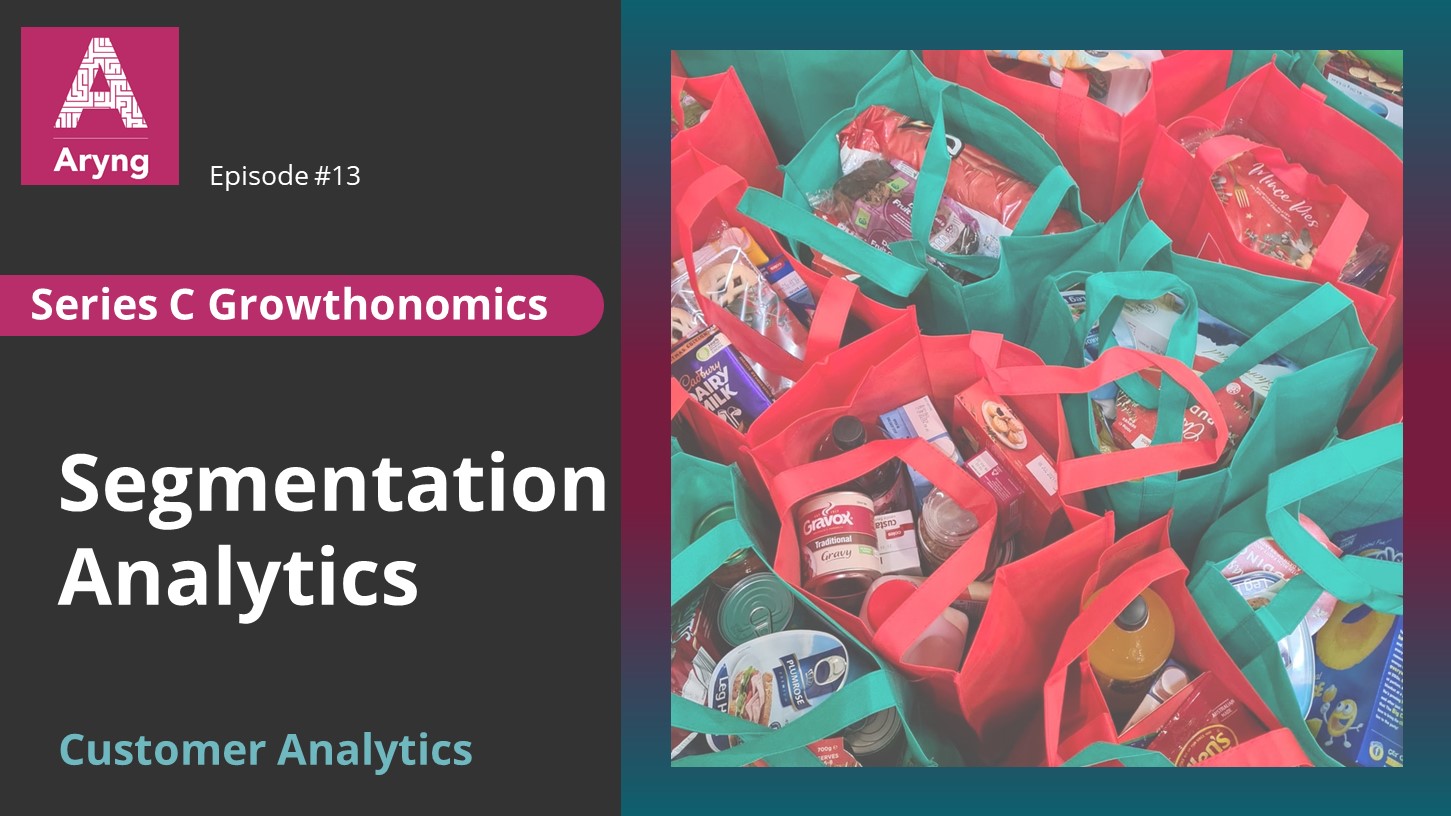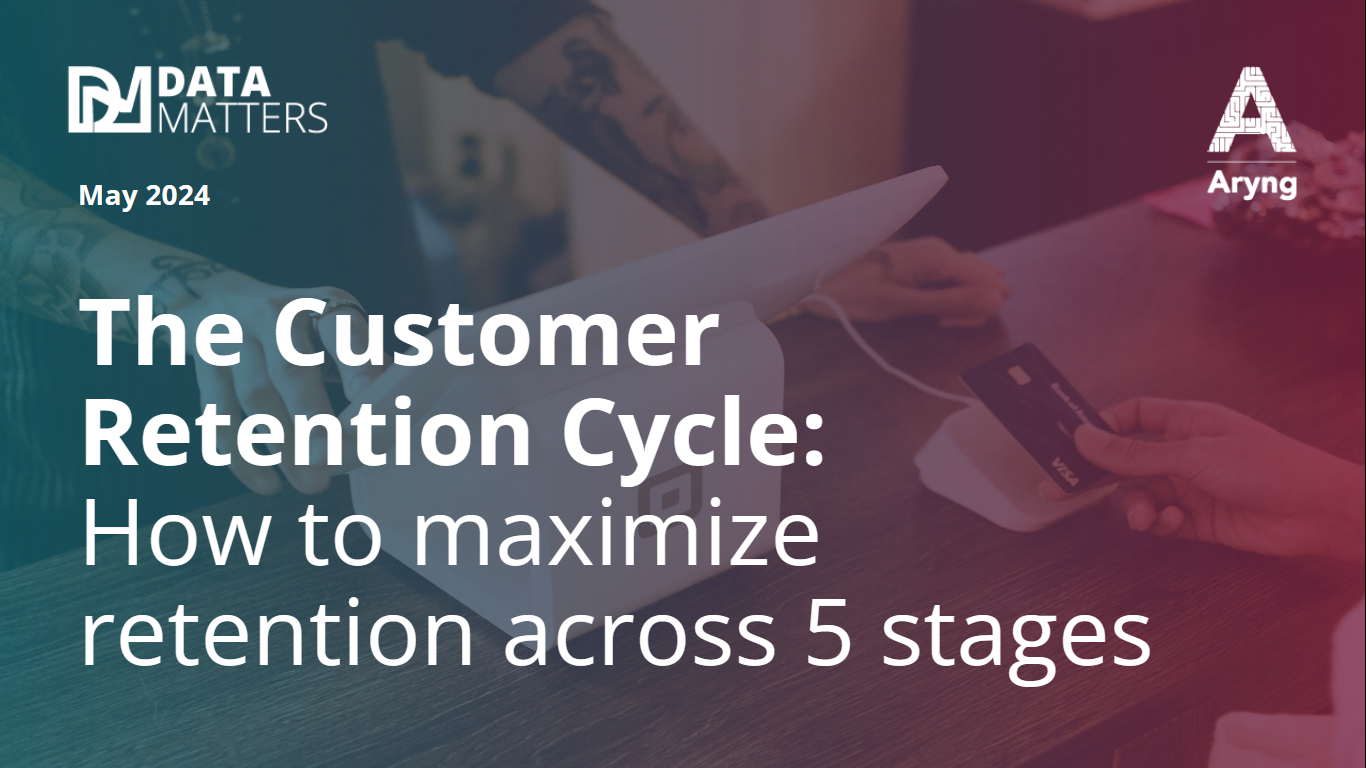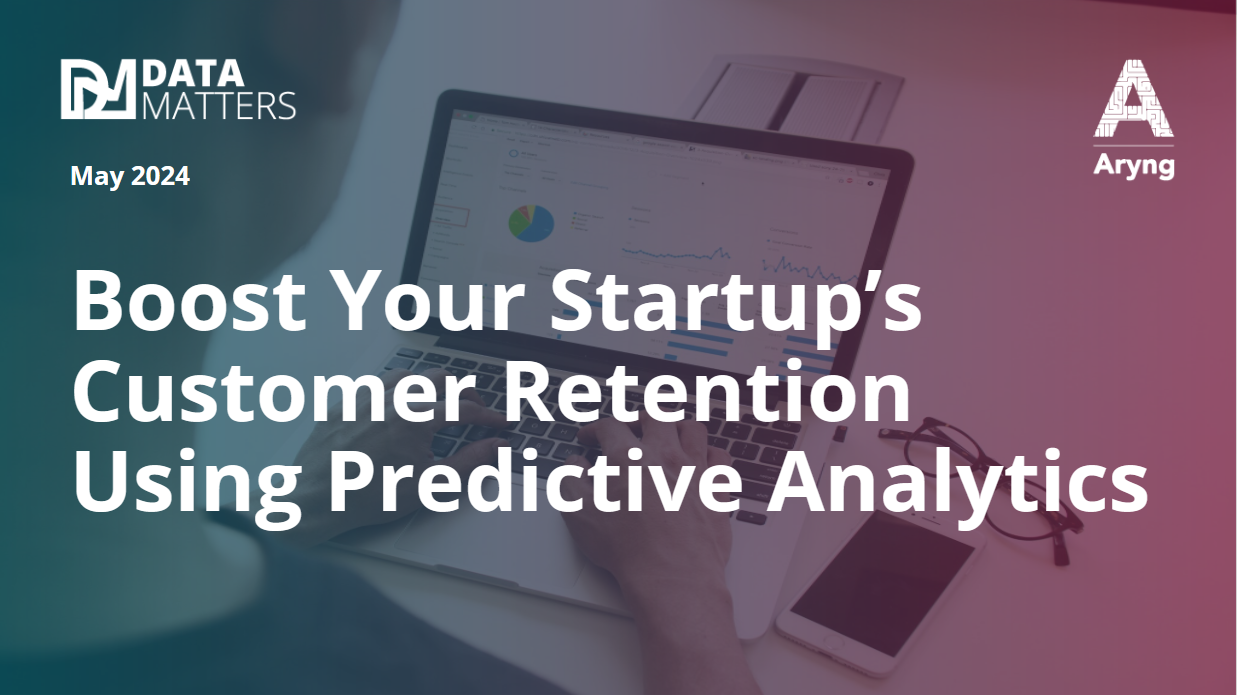Cohort analysis is a technique used in several analytical methodologies, including customer analytics, for dividing users into groups with common characteristics. Analyzing these groups, or cohorts, can help companies understand user behavior.
Cohort analysis is used to measure engagement of users over a specific period of time. This specific use of a time period enables companies to see if the user engagement improves over time, is stuck or find out other factors are affecting it.
Companies can divide customers into various groups. However, the two most common types of cohorts are:
- Acquisition cohorts: In this, analysts divide customers on the basis of the time they signed up for the product.
- Behavioral cohorts: In this, analysts divide customers on their basis of their behavior and actions.
While acquisition cohorts helps in finding out what and when, behavioral cohorts determine the why.
One of the well-known places that use this tool is Google Analytics that provides a website’s user retention rate. Other metrics, analytics use cohort analysis is for ascertaining page views per user, conversion rates, goal completions per user, revenue per user, session duration per user, sessions per user and transactions per user.
Why use cohort analysis?
Customers analytics is the solution to various problems. It will help answer questions such as:
- Who is engaging with your product?
- When do customers stop their engagement?
- What is the reason behind the churn?
Having answers to these questions can enable companies to make better decisions, thereby driving revenue.
Businesses can use customer analytics for the following:
- Reducing churn: One basic advantage of using this tool is that it separates growth metrics from engagement metrics. Usually, if a company is flourishing, growth metrics hides the engagement of users who rarely or less frequently engage with the product. If these customers are ignored, churn will increase, which companies now understand is bad for business.
- Improve marketing effort: Cohort analytics finds its usage in analysis in the company’s marketing efforts. It can help businesses understand whether a user is viable to become a lifetime customer. It can also help in understanding whether a customer needs a ‘nudge’ to become a lifetime customer.
- Insights: Businesses cannot run without informed decisions and for that, they need insights. Cohort analytics provide in-depth insights into user behavior and also website performance. This allows companies to identify different trend among customers as well as their behavioral changes. This way you can remove features that are bugging the users and improve upon them depending on the situation.
How to use it?
Companies can go about conducting cohort analytics in different ways but they usually use the following process:
- Data extraction: Companies gather raw data from a database and export it into a spreadsheet. Here, analysts create user attributes.
- Cohort identifiers: Analysts then create cohorts here, segmenting them on the basis of joining data, devices, age or any relevant behavioral aspect.
- Calculating lifecycle: The analysts then attribute events such as date of joining and first usage of product or service to each customers to calculate lifecycle stages.
- Visual representation: Companies can use charts, tables and graphs to create a visual representations for comparing data data and help in finding answers to their questions. (Remember, for an solution, finding out the business question is a must)
Also read: Data science process: Why should you ask the real business question?













